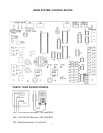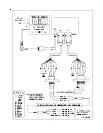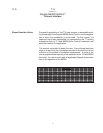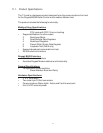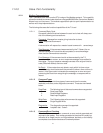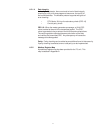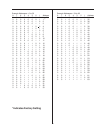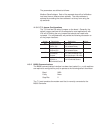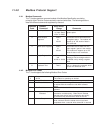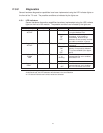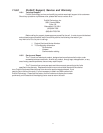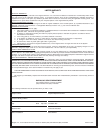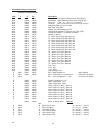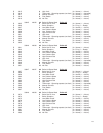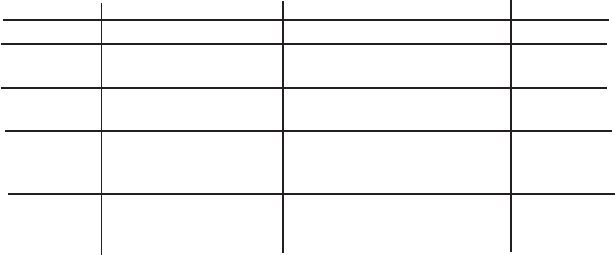
14
The parameters are defined as follows:
Modbus Slave Address: Each of the separate drop offs of a Modbus
host must have a different slave address. The slave address is
selected by encoding the slave address in a binary form using the
dip switches.
11.3.1.3 T-3 Jumper Configurations
The T-3 card has five sets of jumpers on the board. Generally, the
default jumper positions will be adequate for most applications, with
JP4 and JP5 being the only jumpers that should ever need to be
reviewed. For completeness, we provide the following discussion on
all the jumper locations:
Jumper Description Positioning Default
JP1 Hardware Reset Not Used
JP2 Raypak Port 1-2 Non-Isolated Power 1-2
Power (P2) 2-3 Isolated Power
JP3 Raypak Port 1-2 Non-Isolated Power 1-2
Ground (P2) 2-3 Isolated Power
JP4 Modbus Port (P1) 1-2 Connect 120 ohms on 2-3
Termination Rx lines (multidrop only)
Resistor 2-3 Disconnect 120 ohms
JP5 Modbus Port (P1) 1-2 RS-232 Select 2-3
RS-232 or 2-3 RS-422/485 Select
RS-422/485 Select
11.3.2 B6000 Communications
The B6000 communications interface has been hard coded (i.e., no dip switches
are required to configure this port) to operate at the following default conditions:
Baud 9600
Parity None
Stop Bits 2
The T-3 card emulates the modem card that is normally connected to the
B6000 Controller.



